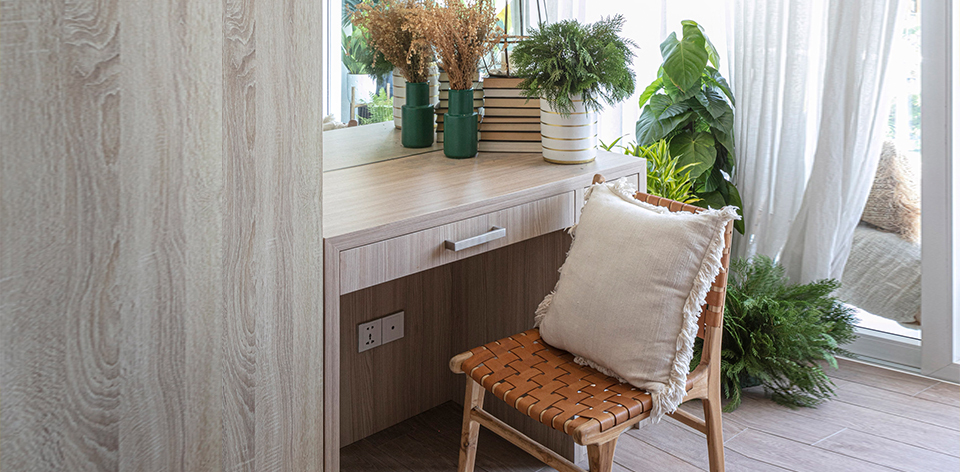You see, many people think of homeschooling as simply doing school at home. In fact, many parents simulate “school” at home by setting up a “classroom”, usually a repurposed bedroom or helper’s quarters. They decorate it with primary colors, put in tables and textbooks, and sometimes have their children wear a uniform and stick to a rigid schedule. It works for some families, but is that really the spirit of homeschool?
John Holt, an American author, educator, and popular homeschool proponent, said, “What is most important and valuable about the home as a base for children’s growth into the world is not that it is a better school than the schools, but that it isn’t a school at all.”
In other words, the home is not school and that’s what makes it great.
The whole point of homeschooling is to break away from the established, “factory model” of school which some argue is rooted in industrial era standards like age-based groupings and results-oriented output.
Sir Ken Robinson, a former professor of arts education at the University of Warwick and a popular speaker on creativity, said in an interview with the Guardian, “We need to eliminate the existing hierarchy of subjects. Elevating some disciplines over others only reinforces outmoded assumptions of industrialism and offends the principle of diversity. The arts, sciences, humanities, physical education, languages and maths all have equal and central contributions to make to a student’s education.”
This is easily achieved in a home setting. Rather than setting aside a room, decorating it to look and feel like a traditional school, and reinforcing the “outmoded assumptions of industrialism” why not run with the idea of home, with its inherent warmth, comfort, and flexibility, and allow that to shape how you teach, raise, and influence your child?

